Edited and reviewed by Dr. Nawaz Ahmed, Director of Research, SP Nutraceuticals Inc. Burlington, ON, Canada
Embarking on a weight loss journey is often portrayed as a straightforward balance of calories in versus calories out. However, delving into the nuances of your food choices can not only make the process more effective but also enjoyable. In this article, we'll guide you through four simple diet swaps that will not only assist you in shedding those extra pounds but also transform your relationship with food. Plus, we've crafted a sample meal plan to set you on the path to success.
Swap 1: Embrace Whole, Minimally Processed Foods
For optimal weight loss, lean towards whole, minimally processed foods such as oats and multigrain bread. These unprocessed gems not only provide essential nutrients but also keep you satiated for longer. Their higher thermic effect ensures that your body burns more calories digesting them compared to their processed counterparts.
In a recent study, a minimally processed sandwich (whole grain bread and real cheddar cheese) outperformed its highly processed counterpart (white bread and processed cheese) in terms of calorie burn during digestion. By incorporating more whole grains and less processed foods into your meals, you could potentially torch an extra 2.5 pounds of fat over three months1.
Swap 2: Master the Art of Meal Distribution
It's not just about how many calories you consume; it's also about when you consume them. Research suggests that front-loading your calories, especially at breakfast, can lead to reduced hunger, fewer cravings, and increased energy levels throughout the day.
In a long-term weight loss study, participants adopting a front-heavy approach experienced superior weight loss and better hunger control compared to those with a back-heavy approach. Test out allocating more calories to your early meals, even if you're into intermittent fasting, and observe the positive impact on your cravings and overall calorie burn 2,3,44.
Swap 3: Opt for Satiating Goodness
Keep those cravings at bay by incorporating highly satiating foods into your diet. The satiety index, which studied the hunger-suppressing effects of 38 common foods, reveals that some foods are champions at curbing your appetite5.
For instance, swapping whole grain bread for oats increases satiation by 25%, while choosing whole grain pasta and boiled potatoes over brown rice gives you a 30% and 60% boost in satiation, respectively. Experiment with these satiating options to see how they can transform your eating experience.

Satiety index of common foods. Adapted from Holt et al (1995).
Swap 4: Utilize Meal Replacement Shakes to Tame Cravings and Swap Out High-Calorie Snacks or Meals
Research has shown that incorporating meal replacement shakes into your diet can be a game-changer when it comes to weight loss. These shakes, designed as complete and nutritious meals, provide a convenient and satisfying alternative to high-calorie snacks or meals.
Numerous studies highlight the effectiveness of meal replacement shakes in promoting weight loss. By replacing one or two meals a day with these shakes, individuals on a diet plan have experienced reduced calorie intake, increased feelings of fullness, and, consequently, more successful weight loss outcomes. The convenience and nutritional completeness of these shakes make them an excellent tool to stay on track with your diet goals. Be careful which brands you opt for as a lot of meal replacement products contain extremely high net carbohydrates, added sugars and some pretty nasty preservatives and chemicals. Ensure you read the list of ingredients and nutrition facts table.
Metavo recently launched plant-based Advanced Meal Replacement powders in chocolate and vanilla flavors that are made with clean and organic ingredients that deliver healthy fats and up to 21 grams of protein in a 27 gram serving. These are delicious, sweetened with monk fruit extract, and will seriously curb late afternoon cravings.
2100 Calorie Sample Meal Plan to Ignite Your Fat-Burning Furnace:
Breakfast (Approx. 700 calories)
Protein-packed pancakes made with 1 cup oats, 1 egg, 1 scoop protein powder of your choice, 1 banana, ½ cup almond milk, pinch of baking soda, topped with 2 tbsp peanut butter and sugar-free syrup.
Sautéed apples on the side.
Lunch (Approx. 500 calories)
4 Oz Baked salmon. Salt and pepper to taste. 1 tbsp extra virgin olive oil.
10 Oz Boiled potatoes.
Sautéed asparagus (handful, be generous).
Snack (Approx. 230 calories)
Metavo Advanced Meal Replacement Shake (chocolate or vanilla) with 250 mL 2% milk
Dinner (Approx. 380 calories)
4 Oz Baked chicken breasts.
Side of roasted veggies with 1 tbsp olive oil (be generous with the vegetables).
Late Evening Snack (Approx. 230 calories)
Metavo Advanced Meal Replacement Shake (chocolate or vanilla) with 250 mL 2% milk
Remember, adjust the portion sizes based on your specific calorie needs to maintain a deficit. Experiment with these swaps and meal plans to find what works best for you and your lifestyle. Consistency and sticking to a calorie deficit are the keys to successful fat loss.
To maintain your calorie deficit according to your body weight, height, and desired weight loss goal, use any available online maintenance calorie calculators (e.g. https://www.omnicalculator.com/health/bmr-harris-benedict-equation) to calculate your maintenance calories and subtract 500 kcal/day from this to result in a weight loss of 1 lbs per week (500 calories/day x 7 days/week = 3500 calories = 1 lbs body weight loss per week). This particular meal plan shown above could be suitable for a 280 lbs male, 6 ft tall, over 30 years old, looking to be in a 500 calorie/day deficit (for 1 lbs weight loss per week) as his maintenance calories were calculated at approximately 2500 calories/day. Throw in some exercise into this meal plan, this person can actually achieve much greater than 1 lbs per week weight loss. Individual results of course vary greatly.
For a comprehensive program that includes optimized workouts and personalized diet plans, check out our website.
References
- Richter J, Herzog N, Janka S, Baumann T, Kistenmacher A, Oltmanns KM. Twice as High Diet-Induced Thermogenesis After Breakfast vs Dinner On High-Calorie as Well as Low-Calorie Meals. J Clin Endocrinol Metab. 2020 Mar 1;105(3):dgz311. doi: 10.1210/clinem/dgz311. PMID: 32073608.
- Morris CJ, Garcia JI, Myers S, Yang JN, Trienekens N, Scheer FA. The Human Circadian System Has a Dominating Role in Causing the Morning/Evening Difference in Diet-Induced Thermogenesis. Obesity (Silver Spring). 2015 Oct;23(10):2053-8. doi: 10.1002/oby.21189. PMID: 26414564; PMCID: PMC4602397.
- Jakubowicz D, Barnea M, Wainstein J, Froy O. High caloric intake at breakfast vs. dinner differentially influences weight loss of overweight and obese women. Obesity (Silver Spring). 2013 Dec;21(12):2504-12. doi: 10.1002/oby.20460. Epub 2013 Jul 2. PMID: 23512957.
- Holt SH, Miller JC, Petocz P, Farmakalidis E. A satiety index of common foods. Eur J Clin Nutr. 1995 Sep;49(9):675-90. PMID: 7498104.

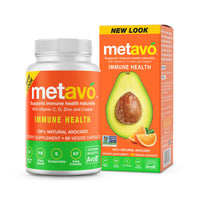
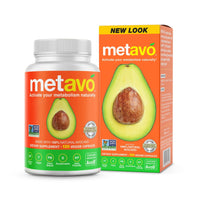





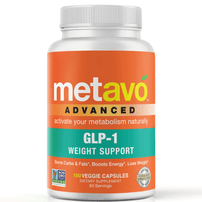


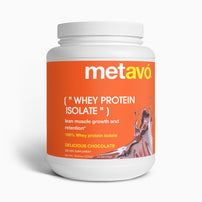
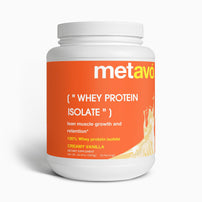
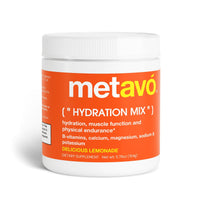
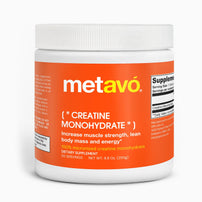
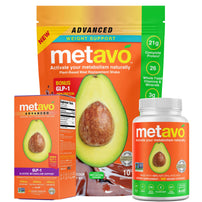
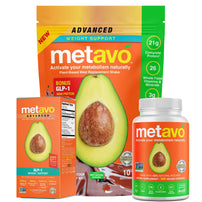
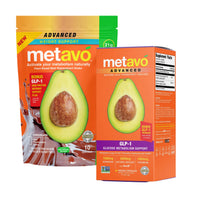
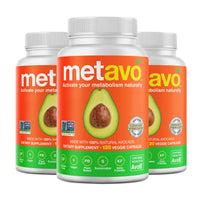






Leave a comment
This site is protected by hCaptcha and the hCaptcha Privacy Policy and Terms of Service apply.